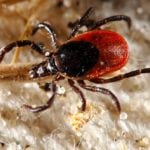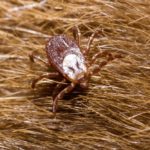There is nothing good about Lyme disease, but it’s time to sit and make sense of what Lyme disease is and what can be done about it. Lyme disease is spreading in Canada. The disease itself is caused by a bacteria, Borrelia burgdorferi (Bb) spread from ticks seeking a blood meal. It’s not a serious cattle disease, […] Read more










